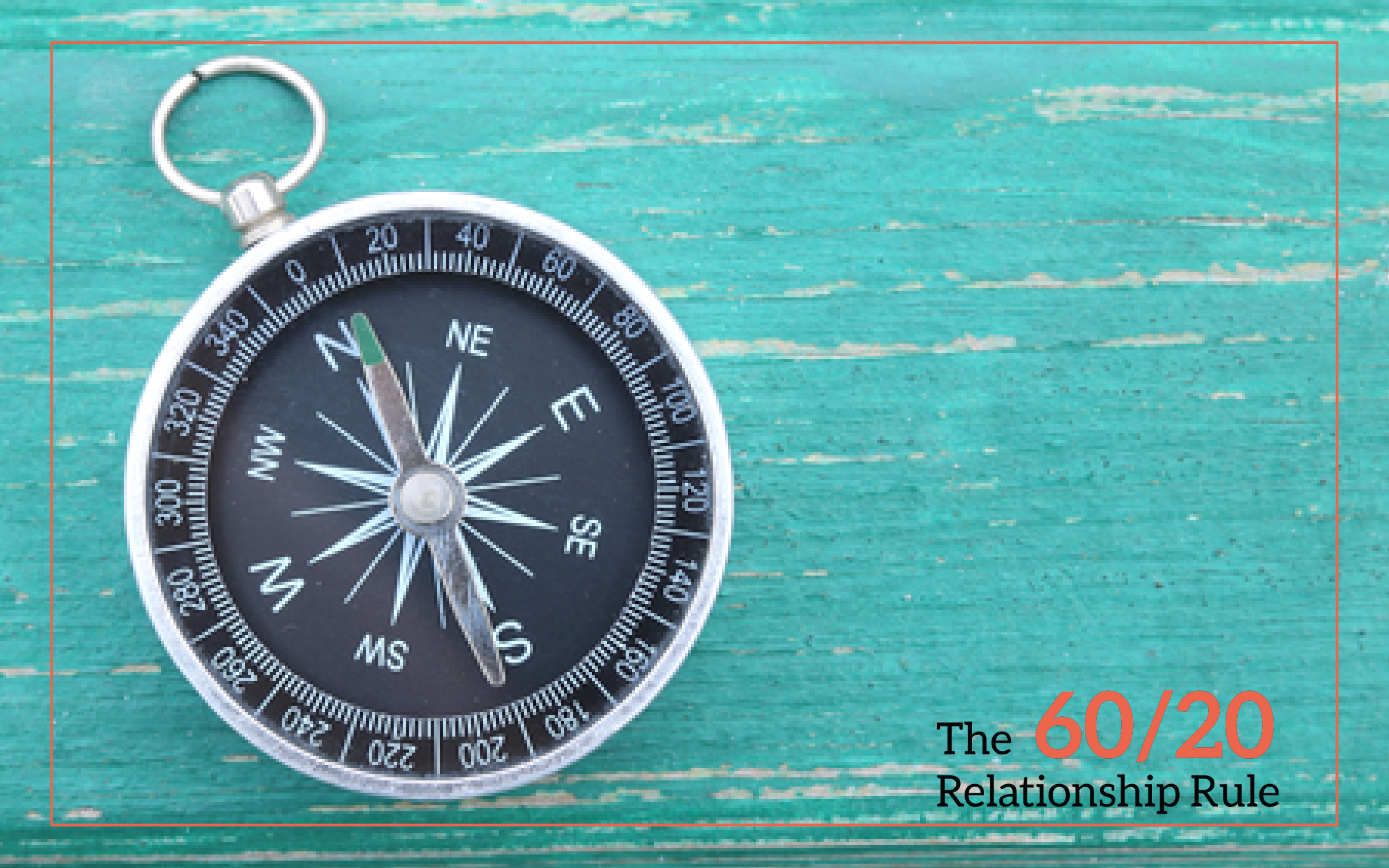Are you secretly wondering if monogamy is really for you? Maybe you’re curious about exploring other options, but too afraid to ask? You’ve got company. It can be tough to bring it up to a significant other.
Or even come to terms that monogamy is not for you!
People’s preferences vary. For example, one poll found that 34% of Americans prefer a relationship style other than complete monogamy. You’re on the right track—self-education is a powerful tool, and you’re using it.
Open relationships might be something you’re considering. Thinking about standard relationships might be what we know. I grew up seeing one kind of relationship as a kid in movies and culture. That led me down certain paths of thinking as an adult.
You might be finding you aren’t as attracted to other people in the same way. So here’s what I want to do, I’m going to help get all your questions out in the open regarding open relationships.

Table Of Contents:
- Open Relationships: What Are They?
- Open Relationships: Different Types
- Frequently Asked Questions
- Conclusion
Open Relationships: What Are They?
An open relationship is a consensually non-monogamous agreement. Both partners are okay with having romantic or sexual relations with people outside the primary relationship. Talking openly and honestly with each other is key. Remember, you both have to agree.
This contrasts with standard ideas around relationships where sexual exclusivity is key. Open relationships: Are they a genuine lifestyle choice, or just something people talk about? What’s the reality? Time to get a better look.

Key Elements of Open Relationships
What is ethical non-monogamy? Lots of different relationships fall under this one label. Ethical non-monogamy suggests any partnerships where everyone fully knows about and agrees to every party involved.
Consider the foundations of open relationships:
- Consent: All parties give their enthusiastic approval.
- Communication: Honesty about feelings, desires, and activities is necessary.
- Boundaries: Mutual decisions on what’s OK and not OK when opening things up.
Now lets discuss communication. A good example is sharing openly with your partner. The opposite can happen. Communicating openly is especially important when exploring non-monogamy.
Common Misconceptions About Open Relationships
A big myth is open relationships are for couples with problems. Are they simply ways to “fix” a broken connection? Well it’s more than that. Some people might assume wanting multiple partners equals not loving their primary partner.
Turns out, many have multiple attractions. That’s okay and more common than most want to let on. You may find, like me, those feelings existing does not mean there’s a lack of commitment or feelings in my “primary” relationship.

But, keep emotions under control. Some assume opening up avoids jealousy. Shared understanding and the ability to handle emotions well are vital for everyone participating; think of it like a team working together. If emotions aren’t handled well, it’ll be hard to find agreement and reach goals.
Let’s review these in a guided scenario below. It is advisable to discuss potential challenges with a mental health professional.
Is An Open Relationship Right for YOU?
Before taking the plunge, think deeply and do a gut check with some guided instructions below. First, ask yourself these questions before getting started to give it a little structure:
- What do you truly want and what’s driving you?
- Are both partners fully onboard to non-monogamy for the right reasons?
- Are you good at communicating your feelings openly?
- Is your current relationship solid? Built on trust and respect?
If those feel good, then begin the process of working through these items:
- Start Talking It Out: Both should openly say why this lifestyle appeals, also make sure its in private. Watch for warning signs from each other when diving deeper.
- Put It All on the Table: Don’t omit details. State worries, past triggers, what’s thrilling. State your worries openly. A very important step.
- Honestly Check in Often: Keep lines flowing. Regular meetings are a must. Do they strengthen honesty & understanding with passing weeks? Otherwise recalibrate the agreement. I call this the maintenance phase and it keeps things running smoothly.
If conversations create more strain than freedom – think over non-monogamy more. Then assess non-monogamy on its own versus current relation status too. Maintaining this takes commitment. It’s not a perfect fix.

The only “for sure” outcome I know of in these kind of deep changes is something *will* change. But remember the socioeconomic factors from this study showing its not a major barrier for considering other things. But it can come up.
What’s nice, if anything else, it challenges your idea about standard dating situations. But is it only for younger people? No. As we get older many are still exploring love. Just look at AARP.
Open Relationships: Different Types
Open relationships come in all shapes and sizes. This brings up certain styles I find more healthy and practical than others. What matters is creating what suits all parties best as that gives you an “edge.”
Here is a common layout most follow:
| Type | Description | Rules |
|---|---|---|
| Open Sexuality | Only sexual freedom permitted outside existing relation. No developing other romances. | Sex with protection, not falling in love, etc. |
| Intimate Openness | Ability for love affairs not sex alone. Existing on top relationship primacy/ranking for key milestones together first though like home/kids if relevant. | Details still stay fairly tight for emotional guardrails – weekly dates/no cohabitating elsewhere potentially. |
| Total freedom ethically | Anyone enjoys all aspects of affection wherever drawn (physical connection, soul connection whatever suits them) and nothing weighted per se or limited in terms. | Often few rigid constraints actually apart open transparency when linking new folk. |
Remember though its about ethical decision making more. Its a framework to keep everything transparent and understood. Always be aware and avoid emotional pain that harms yourself or others involved.

Exploring non-monogamy often requires setting clear ground rules. Consensual non-monogamy should prioritize feeling safe.
Open Relationships and Money? The Wealthy Class?
Believe it or not open relationships might be factors in a high-profile split? That said though. That makes big money at times hard with many folks due lifestyle demands (work travels and public scrutiny weighing choices made more).
Remember relationships of any type are *relationships*. They go to work. That might just look like this old quote of “love.”
What does love mean?
Love recognizes no barriers. It jumps hurdles, leaps fences, penetrates walls to arrive at its destination full of hope. ― Maya Angelou
Love recognizes barriers and realities together too. Let’s face practical side: time restrictions as things get hard coordinating several intimacies.
I get to have sex with other people and still be in this relationship? Sure, sign me up. Wait, but she also gets to sleep with other people. Awww hell no. – John Kim, LMFT
Like John Kim, LMFT says (as he stated from Psychology Today in December 2019.). As said best. Its human for first instincts jumping fast gain (sounds fantastic first). Talking to each other well really matters.

That way for healthy love, explore communication skills with my help. Coaching makes breaking bad past easier I’ve seen it happen.
It allows for an ease as one communicates for themselves with another – giving strength in these big challenges when shifting perspectives towards non-monogamy patterns and shifts to healthy connections together now too going if applicable.
In a case of coaching, that may sound ideal because for me to state what your problems are can do more harm than good as that just sounds awful to start at with anything.
Remember all is work in any tie for us right (fifty % personal contribution given either spot at every step too keep that well fueled plus afloat). It comes more simple from those examples why honest reflection matters here with any non traditional choices with closeness overall.
That might involve needing to break a relationship first and then try something different. It just takes two for all types though too. It might not work.
Frequently Asked Questions
Here are some frequently asked questions about open relationships:

- How do you handle jealousy in an open relationship? Talking openly, setting limits, and facing your fears head-on—that’s the key. Sometimes negative feelings arise, and those should be addressed as soon as possible.
- First things first: We need to agree on some ground rules first. What should they be? Rules might include safer sex practices, disclosure of new partners, and time management. It is advisable to openly communicate these.
- How often should we check in with each other? Regular check-ins—weekly or bi-weekly—help maintain transparency and address any concerns. You should communicate openly and honestly with each other.
- What if one partner wants to close the relationship again? Be open to discussing the reasons and adjusting the arrangement. Consent and a shared understanding are absolutely necessary; without them, nothing works.
- Effective time management: How can we do it? Prioritize your primary relationship while allocating time for other relationships. You’ve got to manage your time well, and talking clearly is super important.
Conclusion

Open relationships have so much diversity based solely around everyone choosing them. From famous person issues facing cash questions down towards average lifestyle planning on what everyone warrants and can give given various intimate connections. All things rightly assessed for a best prospect there by time invested or other resources going all sides towards an end. If you’re genuinely interested, having an open conversation with your partner is the first step.

